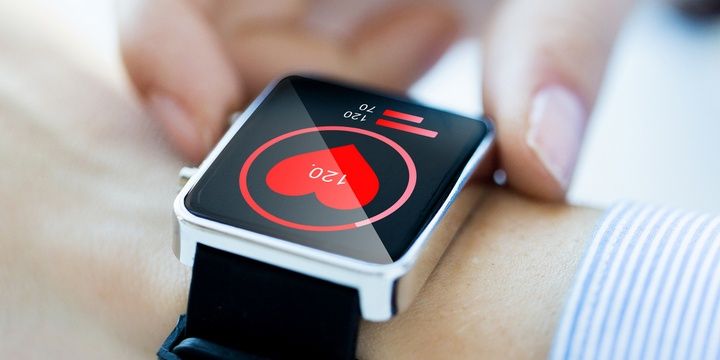3. Increased Heart Rate
The bigger the blood clot is, the harder your body works to fight it and protect the vital organs. It is very likely that your heart rate will significantly increase. If you know that your heart function is abnormal, you should know that it might signal that the clot has detached and is now travelling to other body parts. The signs telling you about the issue include chest pains that become stabbing and sharp when you take a deep breath. Increased heart rate leads to psychological symptoms – you may feel anxious and experience severe panic attacks. Never leave the symptoms unchecked. Consult a professional and take all necessary tests to see how serious your condition is.
4. Fever
People may experience low or mild fever if a blood clot detaches and gets into the blood stream. It is accompanied with other symptoms. The body temperature elevates and the patient starts shivering or sweating. You might suffer from a headache, too. Your body becomes weak and dehydrated. You will also have diminished appetite as well as irritability and mood swings. The most severe symptoms include hallucinations and convulsions. All of the above-mentioned symptoms occur if the body temperature is very high, between 39 and 41 degrees Celsius.
5. No Symptoms
Every other person might not even know that he or she has a blood clot in their legs. In 50% cases patients cannot detect whether they have deep vein thrombosis or not since they do not notice any particular symptoms. It is very dangerous because even large blood clots may not let you know that they exist in your body. Sometimes people find out that they had a blood clot only after it detaches and travels through the bloodstream. If you are worried, please prevent blood clots, especially if you are at elevated risk. We suggest you should wear loose-fitting clothing and comfortable shoes. Sitting or standing for more than an hour is not recommended. Exclude salt from your diet and remain moderately active.


